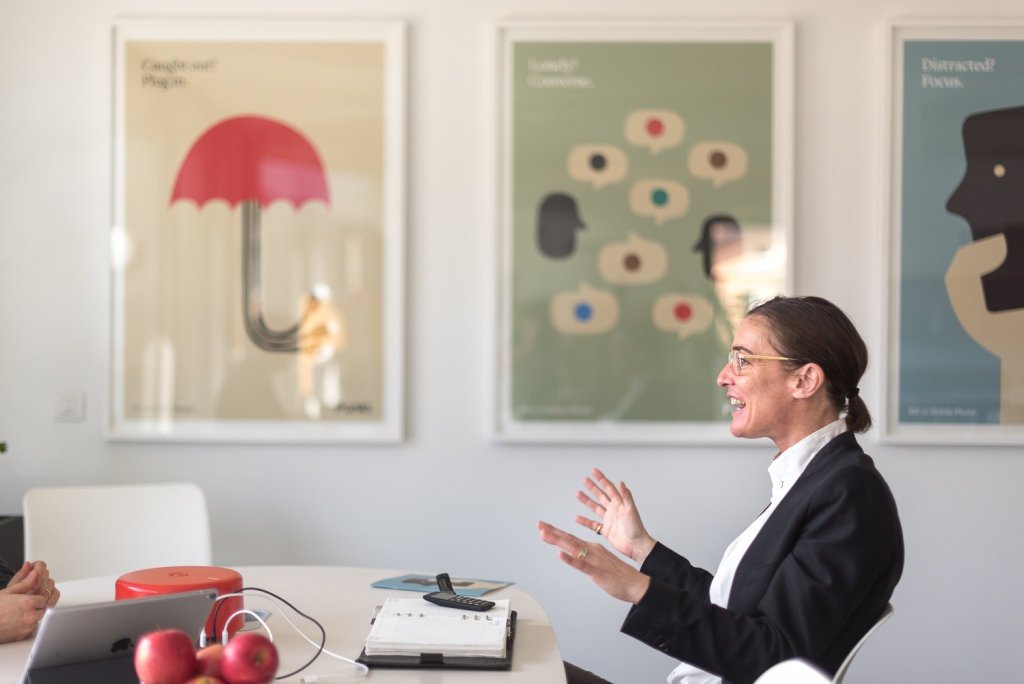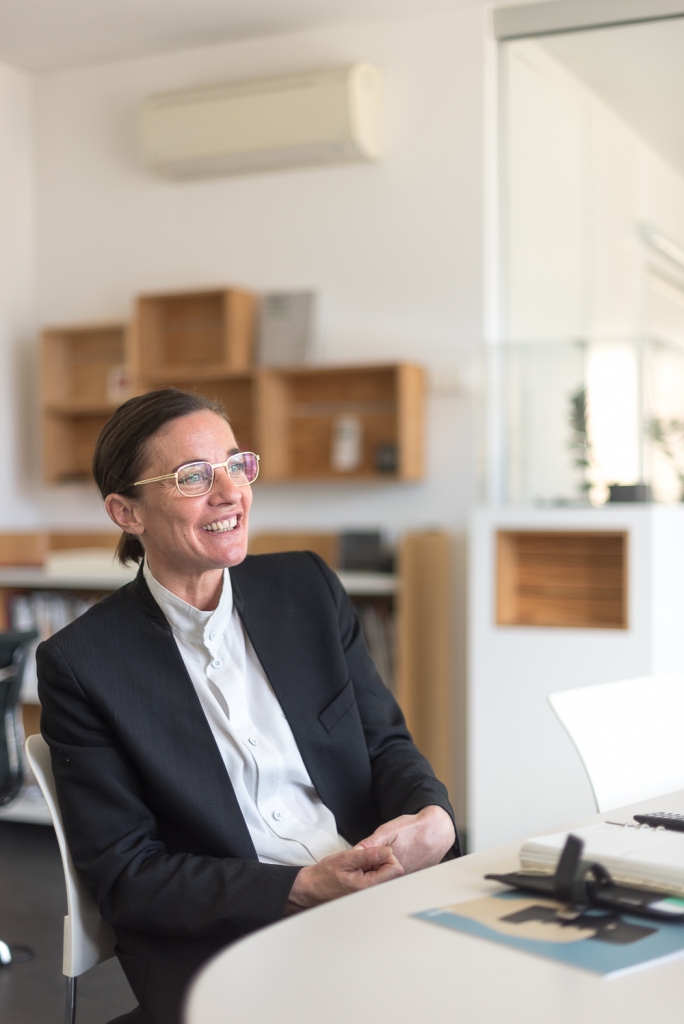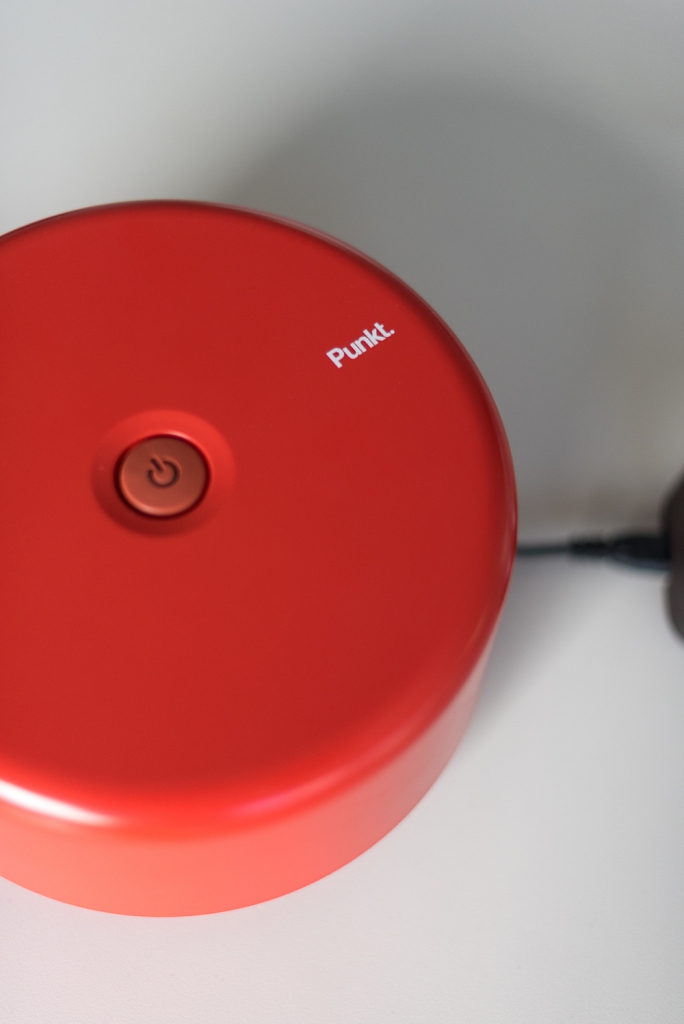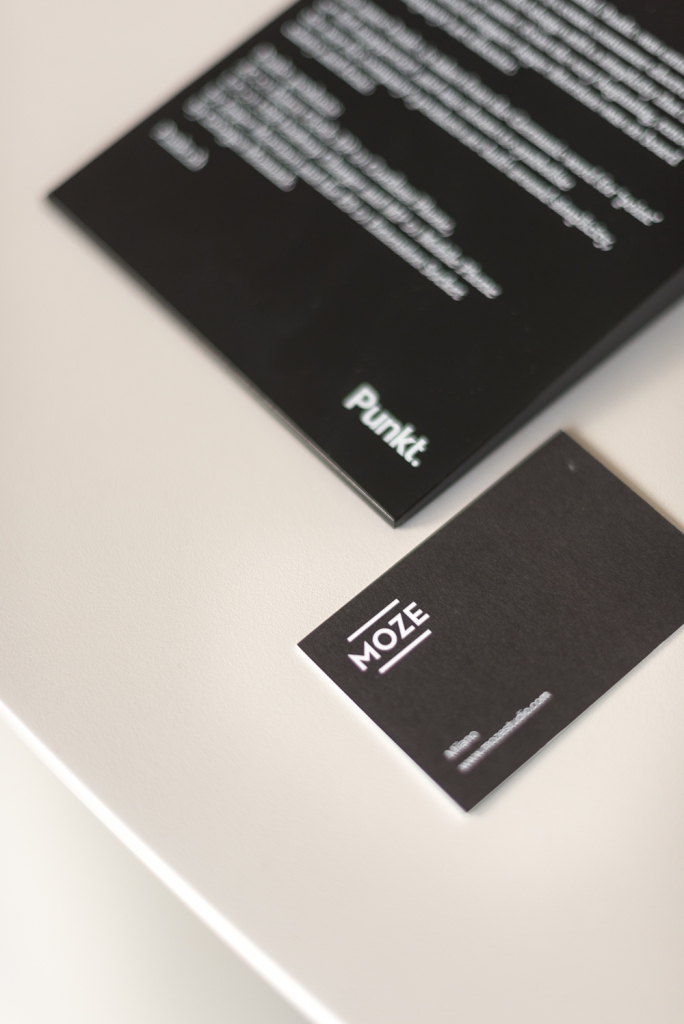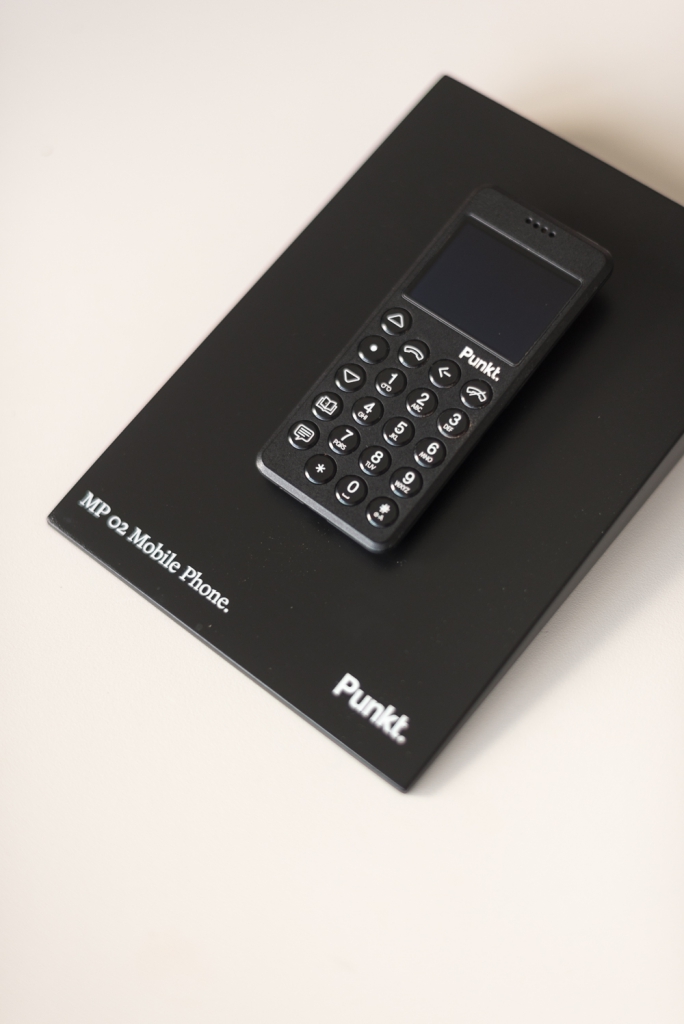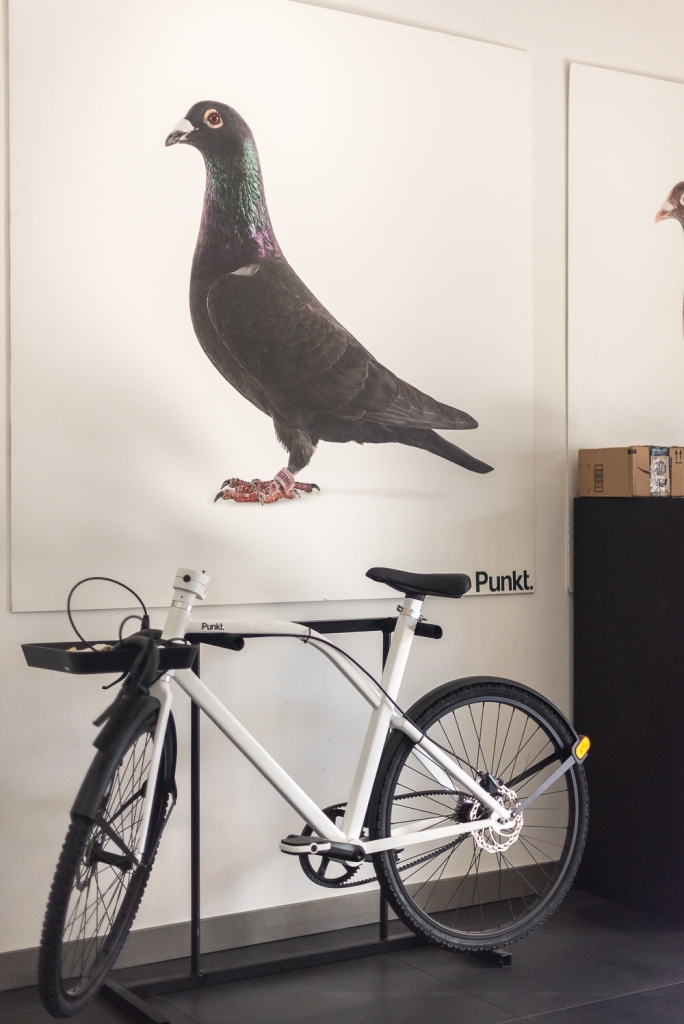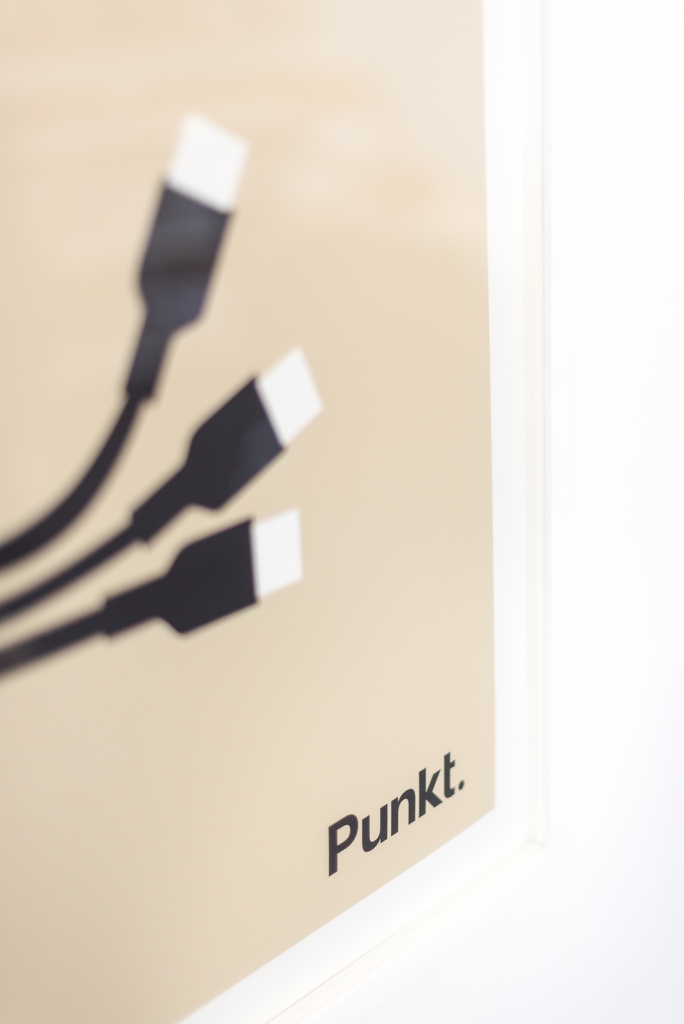Punkt. and the art of simplicity. Interview with Marcia Caines
The search for simplicity in product design, our relationship with technology in an ever-faster world, the future of information and social media.
Punkt. is located in a turquoise building, in a narrow, discreet street that climbs along the hills of the city of Lugano. Marcia Caines, brand manager, welcomes us to the company’s offices speaking in perfect Italian with a strong English accent. Punkt. is a company that intrigues us: we want to get to know more of its ability to create technological products of mass consumption that are radically different from its competitors. Marcia has us sit in a bright meeting room: the réclame of the latest products are hung on the walls, the wide windows offer us a beautiful look of the city from above.
Foto by Giovanni Zennaro
What is the path that led you to join Punkt.?
My journey in Punkt. began in 2011, when the company launched its first product on the market: a cordless phone. Before that I worked for Cluster, a Turin–based magazine about cities, design and innovation. I discovered that Punkt., like many technology companies, was looking for professionals from the publishing world to build innovative communication strategies, based more on content marketing than on traditional paid advertising. At Punkt. I try to tell the story of the company by giving a voice to the vision of its founder, Petter Neby.
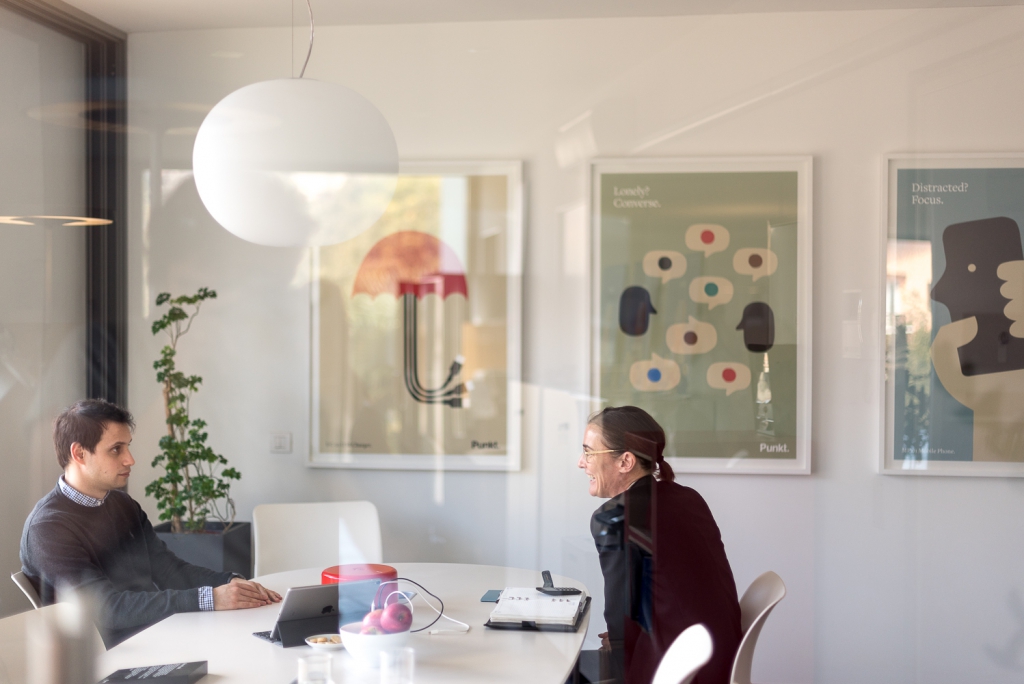
There is a race to add more and more features in the technology sector. Punkt. is trying to do something different: can you explain your vision?
Technology shouldn’t be a nuisance, it shouldn’t steal all our attention. It should solve people’s real needs and, in doing so, it should complement personal style or decor in a simple, beautiful and functional way. This is the philosophy that binds all our products: from the first alarm clock to the cordless phone and the mobile. We want to rebalance people’s relationship with technology.
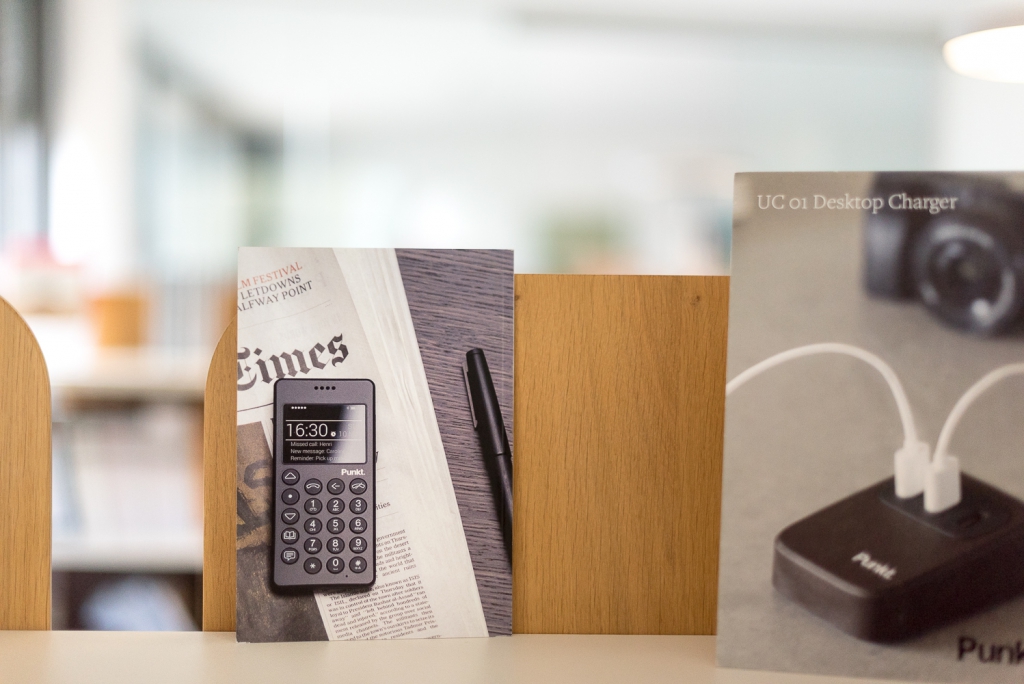
What can designers do to help people create more balanced relationships with technology?
If we look very closely, we notice that today all smartphones resemble each other more or less. A mass-produced product was created, but it got lost in terms of design. Designers must go back to considering design as a language: if I lift this phone with my hand (the model MP02 by Punkt., editor’s note) I can immediately perceive, from the weight of the object and its consistency, the refinement of the materials with which it is built, while appreciating the ergonomics of the shape. Design reminds us that we relate to objects, we seek a relationship with them that represents us. Software has evolved in an extraordinary way, but the design of technological objects is going through a period of stasis, remaining more or less unchanged, causing product uniformity. Yesterday I was struck by a photograph in the Wall Street Journal: it portrayed a girl holding two phones: in one hand a smartphone, in the other a Punkt phone. On the one hand, you see a huge glass screen, flat, without personality. On the other hand, you see this pretty little object, made with attention to every detail. Looking at the photo, it is clear that there is an aesthetic aspect in design, a language that must also be transferred to the hardware, to the physical object. We have to go back to designing beautiful objects, that are pleasant and that last over time: it is not possible to throw away an object as sophisticated and expensive as a smartphone after a year and a half.
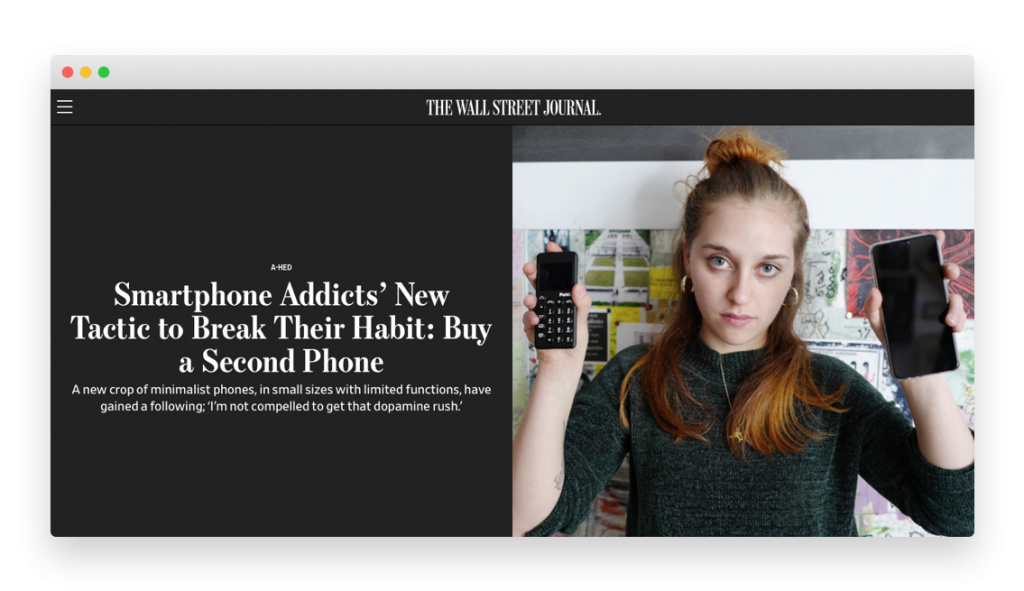
How is a new product created at Punkt.? How are new ideas evaluated and how are they carried out throughout the design process?
Punkt. is a company built on Petter’s vision, there are always ideas coming from him. The idea for the first product, the alarm clock, came to him in the realisation of how much technology is present today in every corner of our homes. So, he invented a designer alarm clock, with the sole feature of showing the time and setting the alarm clock – leaving technology out of the bedroom. The MP01, Punkt’s first mobile phone, was born from a conversation in Paris between Petter and a stranger, who, commenting on Punkt’s cordless phone, said “it would be nice if there were a mobile version”. We always start with Petter’s ideas, then we involve Jasper Morrison, our artistic director, and we evaluate all possible design options: ideas flow creatively from each of us, without any imposed limits. Then we begin to take parts away, trying to be consistent with our original vision: rebalancing people’s relationship with technology. The more the process goes on, the tighter the parameters become: we remove any superfluous functionality until only the essential remains. In the “removal process” we are constantly wondering: “how important is this really in people’s lives?”.
In your everyday life you use an MP02, a mobile phone that allows you to make calls and little else. How does this product come about and how does it explain the interest of customers in a deliberately weakened telephone?
In a saturated market and a world where we are all a bit dependent on our devices, of which we use perhaps half the functionalities available, we decided to invent a new product, thinking about what people really needed. Punkt. mobile phones allow you to make calls, receive messages and more. Our vision is an alternative one, a way of living technology trying to give it less importance, limiting its use in an intentional way. I don’t have a smartphone, I just use the MP02. I might seem biased in saying so, but with this phone I’m really the happiest person in the world. Making calls for me is just fine. For everything else I have my laptop: when I am on the train or at the airport I connect to the Internet by setting my phone to hotspot mode, and I have everything I need. In my experience, the most important change in the transition from smartphone to this phone has been the increase in productivity and the greater ability to focus my attention. The quality of our work improves if we limit the use of technology to small doses. I believe that there is a great need for this today. Take, for example, young people in their first professional experiences: it must be very difficult to work well despite the many interruptions due to apps and services that constantly require our attention. This constant connection with the virtual world generates anxiety, so it is important to seek a balanced relationship with our devices. All this involves the professional sphere, but also the private one. I have a 17-year-old daughter, and I was able to define some rules with her: for example, we don’t use our smartphone at the table – how else would it be possible to have a conversation at dinner if everyone is checking Instagram? This leads to face-to-face communication and conversation. Some nights, at home, we may not feel like talking, and that’s okay. But there doesn’t always have to be something in between, something that increases the distance between us. I see that younger generations, like my daughter’s, are generally more aware of this and are naturally trying to find their own balance. Perhaps it’s because the digital natives have also experienced certain drawbacks, such as digital bullying, and have been affected. I think young people are looking more for quality than quantity. On social media they are sharing less, but better stuff.
The world of online information is also changing rapidly because of technology. How will the experience of accessing the news change in the future?
This is a very difficult time for journalists. There are several problems: fake news and constantly negative news. With Cambridge Analytica, the American elections, Brexit and so on we came to know the saying “bad news travels faster”. This obliges us to imagine solutions to an extremely complex problem. Some publishers only offer paid articles, shielding content behind a paywall. Others, such as the Guardian, offer information free of charge through reader donations. A lot of people don’t want to pay for information. I am encouraged to do so because I want to stay up to date with quality information, and because I think it is useful for my work. There is a great amount of work for the editorial staff to let us access the news, so I think it is right to pay to get quality information. I really don’t know, though, what a healthy model for publishing could be. I believe in a return to “disconnected” information, such as the paperback: there is too much information online. The thing I’ve always liked about the physical newspaper is that you can buy it and easily pass it on to someone. Or you can find it for free at the bar. The paywall, on the other hand, necessarily places a wall that somehow is out of tune, unlike the newspaper, the book or the magazine.
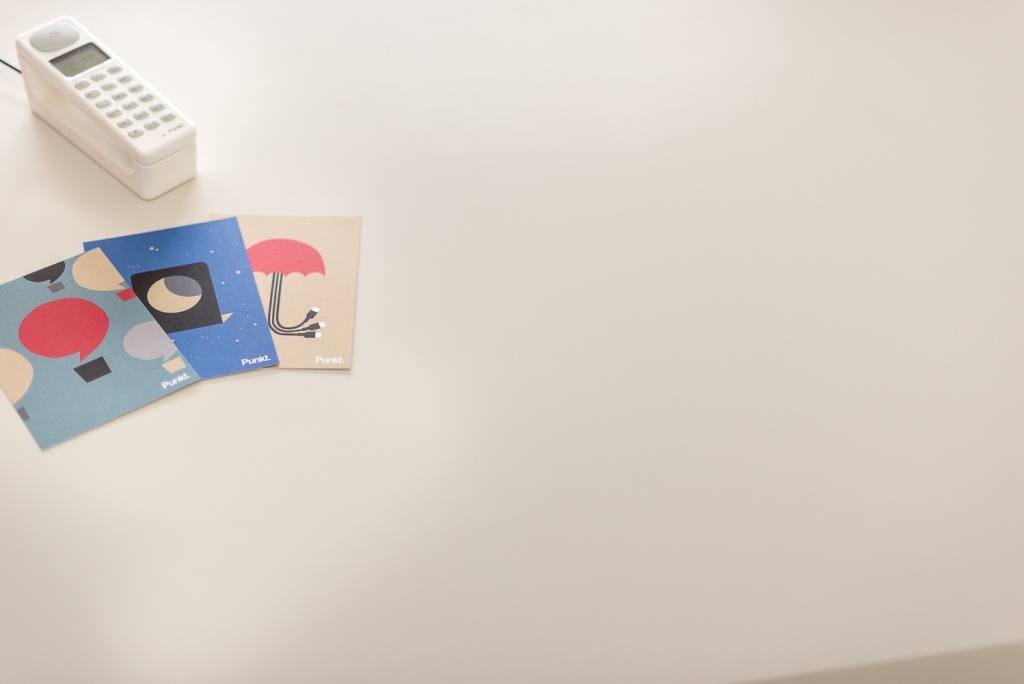
There is a trend reversal in the enthusiasm for social networks. How will the use of these tools change in the future?
Social media is a relatively young phenomenon. Today, we still use it a great deal to waste time, there is so much futility in all this. But people are realising that these systems are traps for our personal data. We are increasingly sensitive to this topic: Snapchat introduced messages that disappear, Instagram followed up with stories. This phenomenon of wanting to delete tracks is already underway: people don’t want what they do or write to remain available online forever. We also know that social media has a dopamine effect on us, we can become addicted to it as with cigarettes. We need to make the most of the extraordinary aspects of social media: for example, people, companies and artists have the opportunity to make themselves known by directly reaching the public. Newcomer artists today have the opportunity to tell their stories and show their works much more easily than in the past. The use of these tools, in my opinion, will be more and more “useful”. Everything that is useless, everything that is a waste of time, in my opinion will disappear. Do we really want to see what our friends had for dinner tonight on Instagram?
Still I am optimistic. It is true that progress has gone much faster than our ability to keep up. However, there is a need for “digital hygiene”, there is a need to transfer the culture and education of the real world into the virtual world. Let’s get acquainted with the problems related to privacy: it is no longer possible to click “agree”, “agree”, “agree” and then realise the problem only afterwards. The peak of naive enthusiasm is fading, we live in a time when people are more cautious. The next step is to realise what is really useful and abandon what does not add value to our lives, our work and our relationships.
